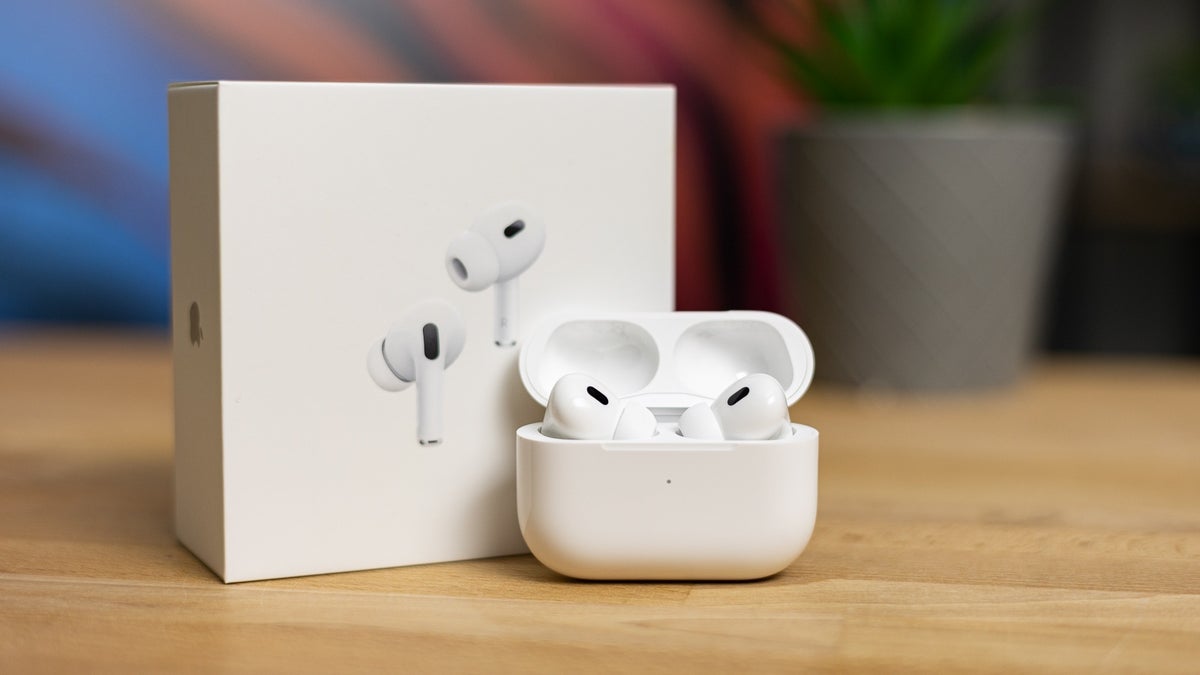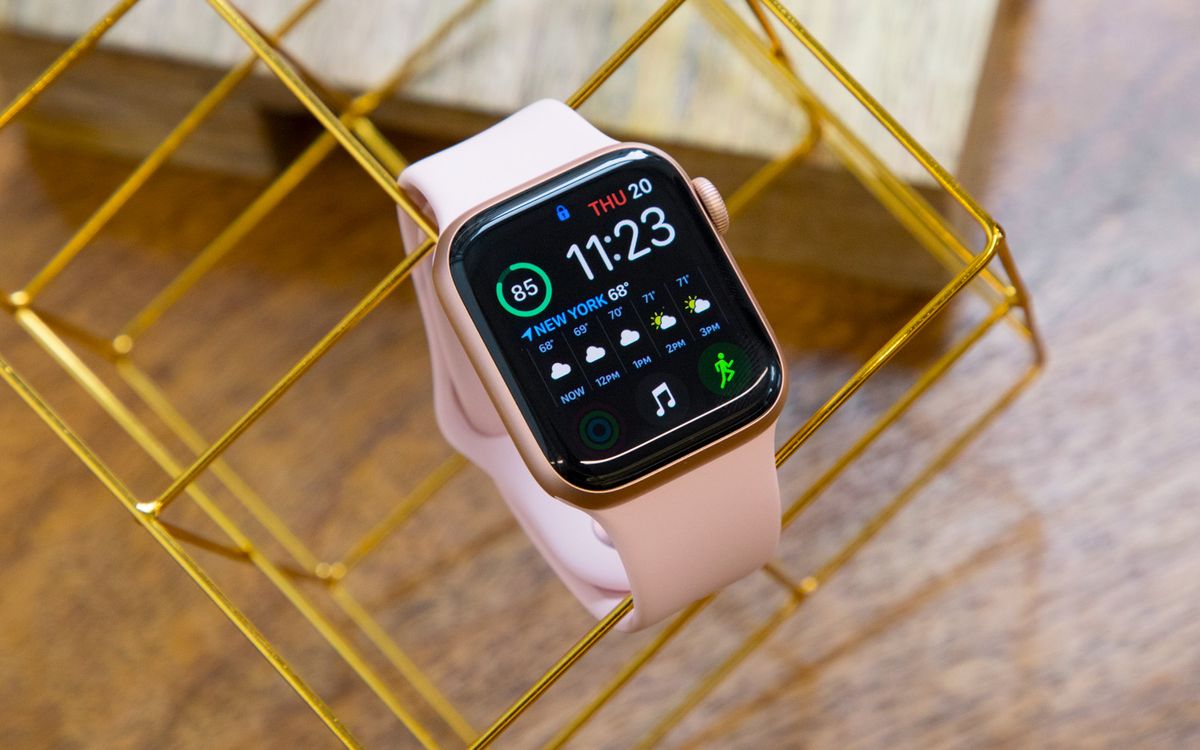The tech world is a dynamic landscape, constantly shifting and adapting to consumer demand. A recent development highlights this perfectly: a key Apple display supplier, LG Display, is making a significant adjustment to its production strategy. Faced with lower-than-anticipated sales of the OLED iPad Pro, the company is pivoting, repurposing a major production line to focus on manufacturing OLED panels for iPhones.
This decision comes after Apple introduced OLED technology to its larger-screened iPads earlier this year. The 11-inch and 13-inch iPad Pro models, launched in May, were the first to boast this vibrant display technology. Initially, projections were optimistic, with anticipated shipments reaching up to 10 million units in 2024.
However, market analysis painted a different picture. Display Supply Chain Consultants (DSCC), a prominent market research firm, significantly revised its forecast in October, lowering the projection to a more modest 6.7 million units. This substantial downward revision signaled a need for strategic readjustment.
LG Display’s response is a pragmatic one. Rather than investing in an entirely new production line for iPhone OLED panels – a costly endeavor estimated at around 2 trillion won (approximately $1.5 billion) – the company is opting to adapt its existing facility. This line, originally built for 3.4 trillion won, is currently dedicated to producing OLED panels for tablets and PCs.
However, due to the sluggish demand for the OLED iPad Pro, the line has been operating at reduced capacity. By repurposing it for iPhone panel production, LG Display can effectively expand its iPhone OLED panel manufacturing capabilities with minimal additional investment. This strategic move allows for greater efficiency and resource optimization.
OLED technology offers several distinct advantages over traditional LCD displays. These include superior brightness, a significantly higher contrast ratio with deeper blacks, and improved power efficiency, which translates to longer battery life for devices. These enhancements contribute to a more immersive and visually appealing user experience.
While both iPad and iPhone OLED panels share the core benefits of OLED technology, there are some key technical differences in their construction. iPad displays utilize glass substrates with thin film encapsulation (TFE), a process that protects the delicate OLED materials from moisture and oxygen. In contrast, iPhone panels employ a polyimide substrate with TFE and feature a single emission layer, as opposed to the double emission layer used in iPad displays. This subtle difference is tailored to the specific requirements of each device.
Reports suggest that LG Display intends to maintain sufficient iPad OLED inventory through February while simultaneously seeking Apple’s approval for the production line modification. This careful planning ensures a smooth transition and minimizes any potential supply disruptions.
The company has set an ambitious goal to supply 70 million iPhone OLED panels in 2024, a significant increase from the mid-60 million units supplied last year and the 51.8 million units supplied in 2023. This target underscores LG Display’s commitment to meeting the growing demand for OLED displays in the iPhone market.
Looking ahead, the future of OLED technology in Apple’s product lineup remains a topic of considerable interest. Rumors suggest that Apple is exploring an OLED version of the iPad Air, potentially for release in 2026. However, given the current sales performance of the OLED iPad Pro models, the transition of the iPad Air from LCD to OLED could face delays of more than a year, according to DSCC.
Furthermore, there are expectations that Apple’s 14-inch and 16-inch MacBook Pro models could also make the switch from mini-LED to OLED displays as early as 2026, further solidifying the growing prominence of OLED technology across Apple’s product ecosystem. This shift by a major supplier like LG Display is a strong indicator of the evolving landscape of display technology and the strategic adjustments necessary to navigate the dynamic tech market.





